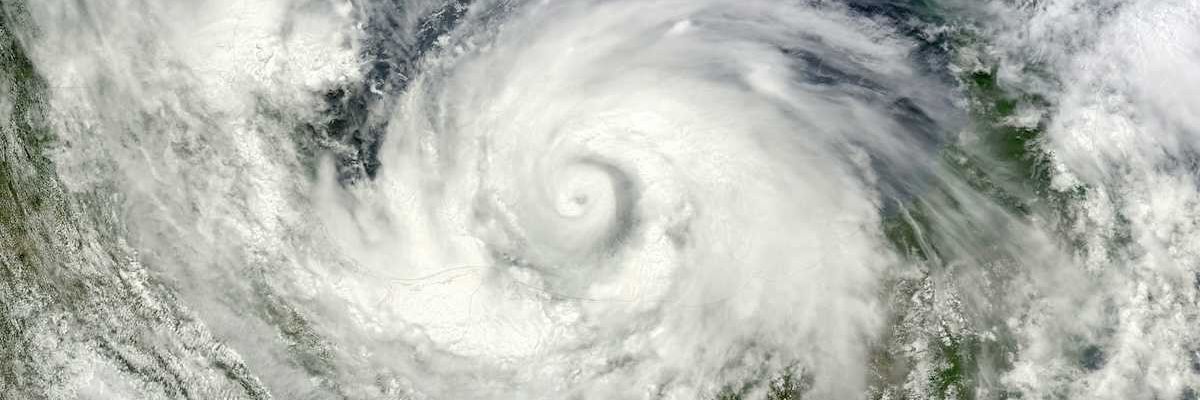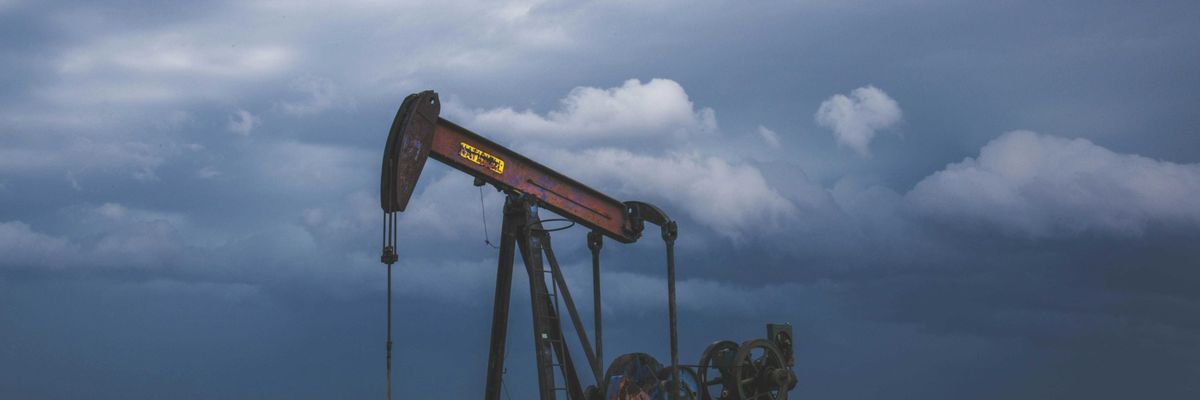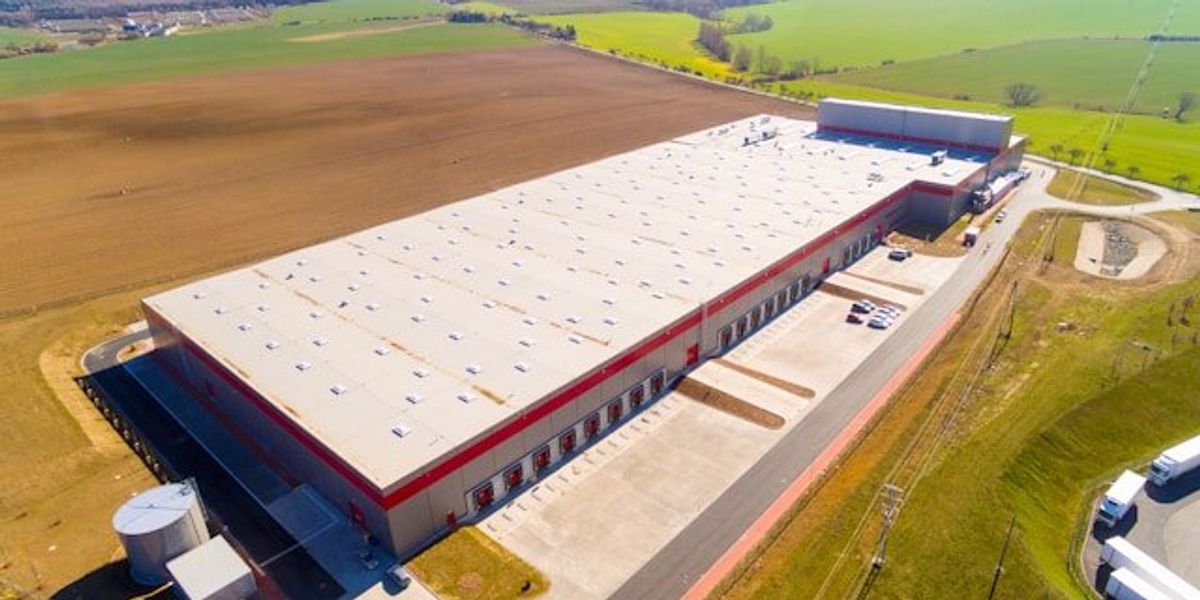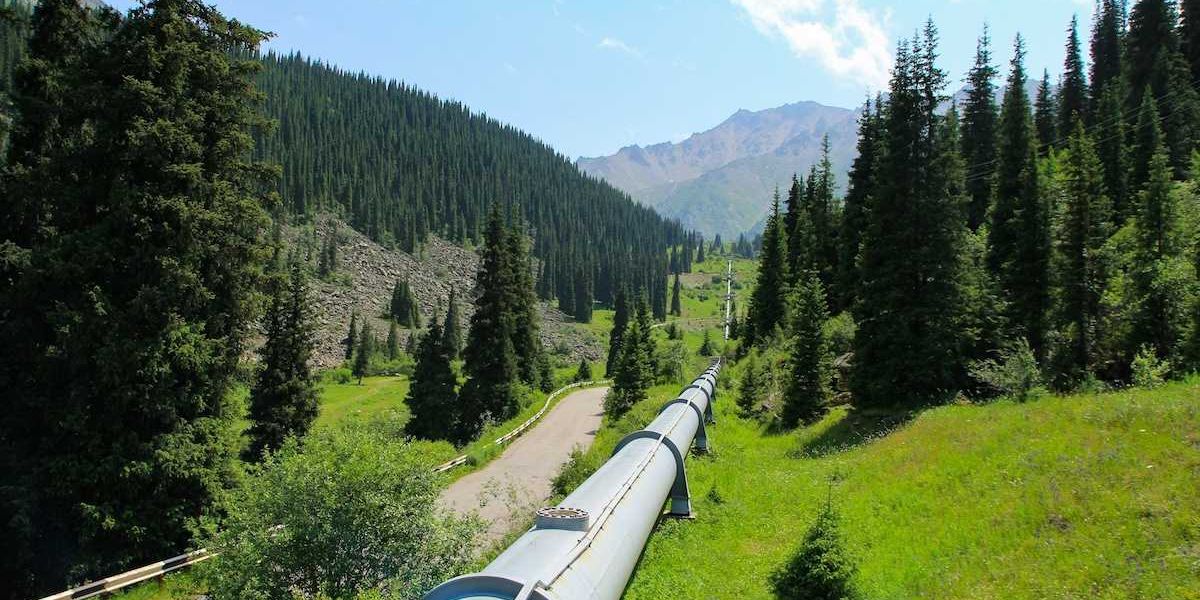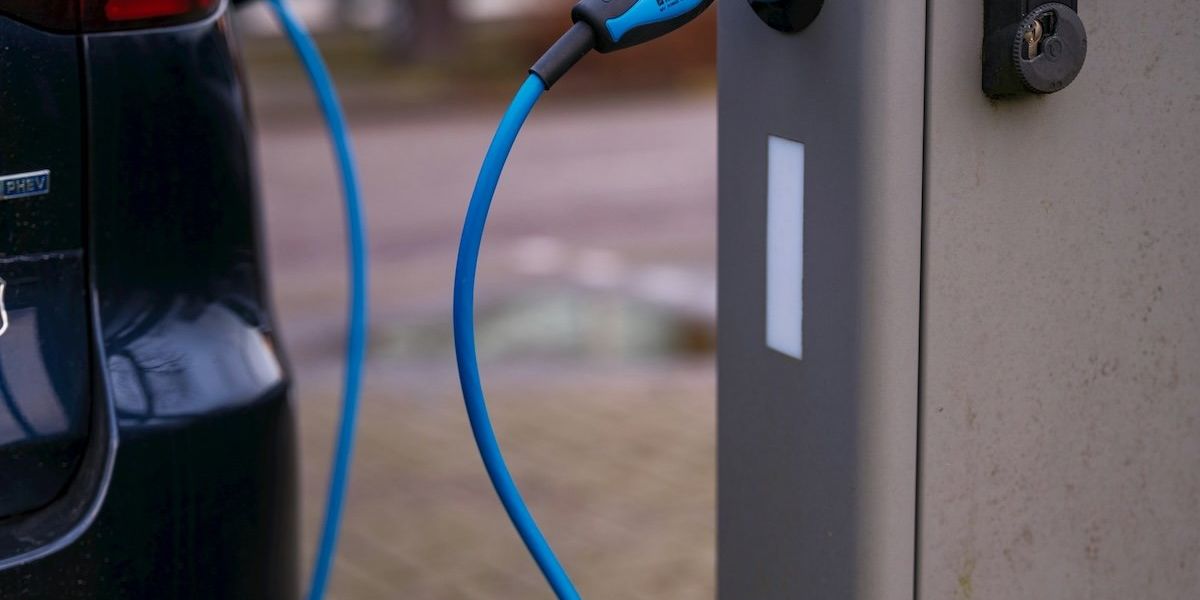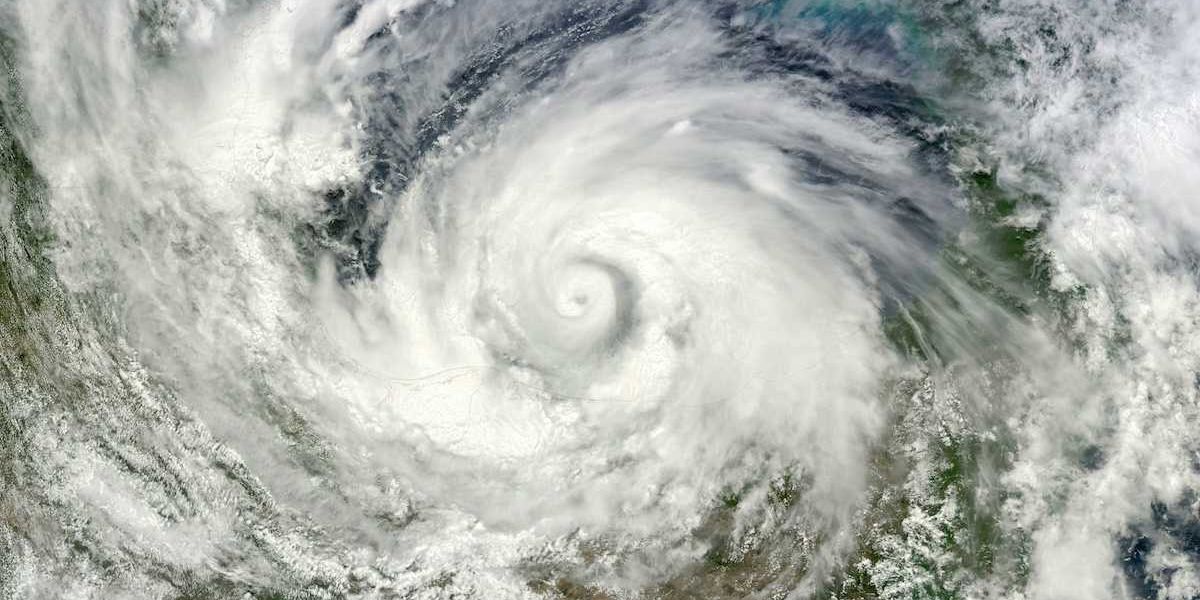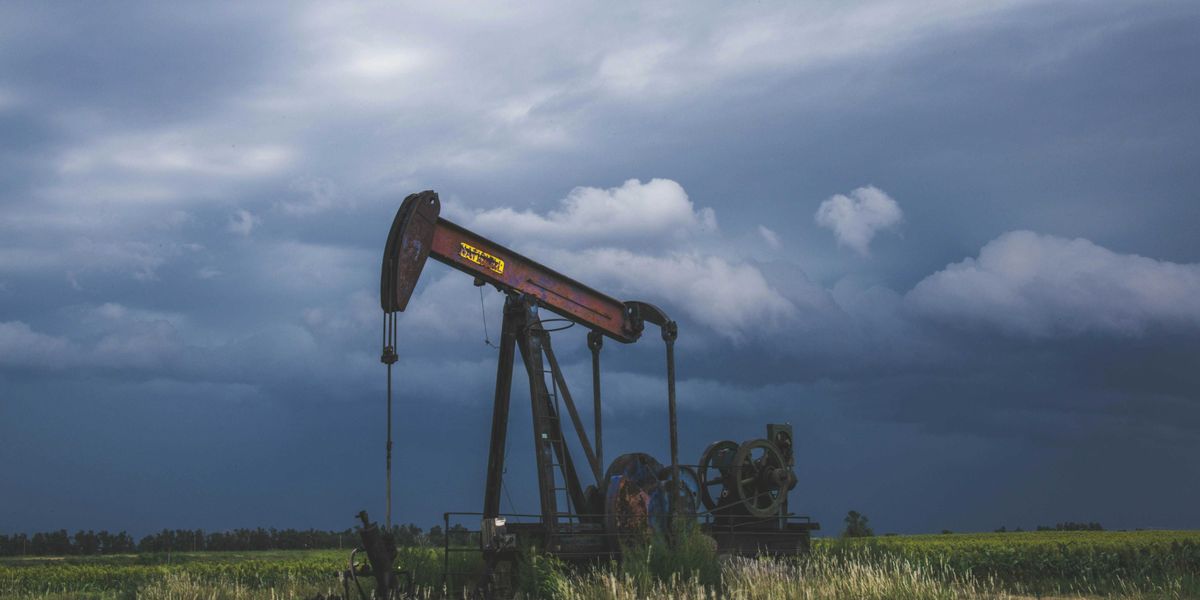cyclones
Climate change in India: A growing environmental crisis
In a nutshell:
India is a country of extremes. Extreme topography from the Himalayas to the Indian Ocean. Extreme heat this past June that drove temperatures as high as 45 degrees Celsius (113 F) and caused no end of misery, most especially among those without the means to cool themselves. Now comes extreme rainfall—monsoons on steroids—bringing landslides and flash floods, death and destruction, ruination, extreme misery.
Key quote:
"South Asia has become the poster child of climate change. The entire region, not just India, is witnessing a clear trend in rising heat waves, floods, landslides, droughts and cyclones. This is already affecting the food, water and energy security of the region."
Big picture:
Prime Minister Narendra Modi has long been criticized for his fierce protection of India's coal industry, going so far as to unleash tax raids on coal critics. Modi's climate policy and has generally favored a relaxed timeline for winding down greenhouse gas emissions, vowing to reach net zero a comfortable 50 years from now without offering a realistic plan for getting there. Meanwhile, the latest UN assessment differs starkly from the current priorities of the Modi government and warns of imminent catastrophe without drastic emissions cuts before 2030.
Read the full story from Deutsche Welle (DW).
Climate change in India: A growing environmental crisis
How will climate change affect Latin America? Scientists respond to IPCC report
In the first three months of 2023, Latin America has witnessed a prolonged drought and destructive forest fires in Chile, intense rains and floods in Brazil that left more than 60 dead and Cyclone Yaku and heavy rains and mudslides in Peru, among other extreme events that experts say are becoming more frequent and severe due to global warming.

